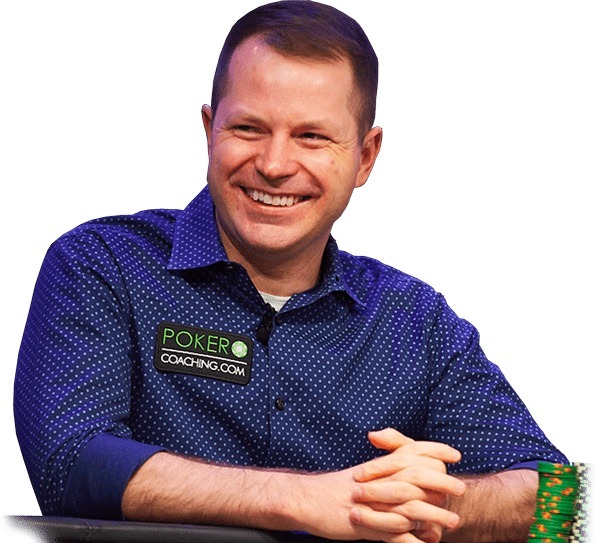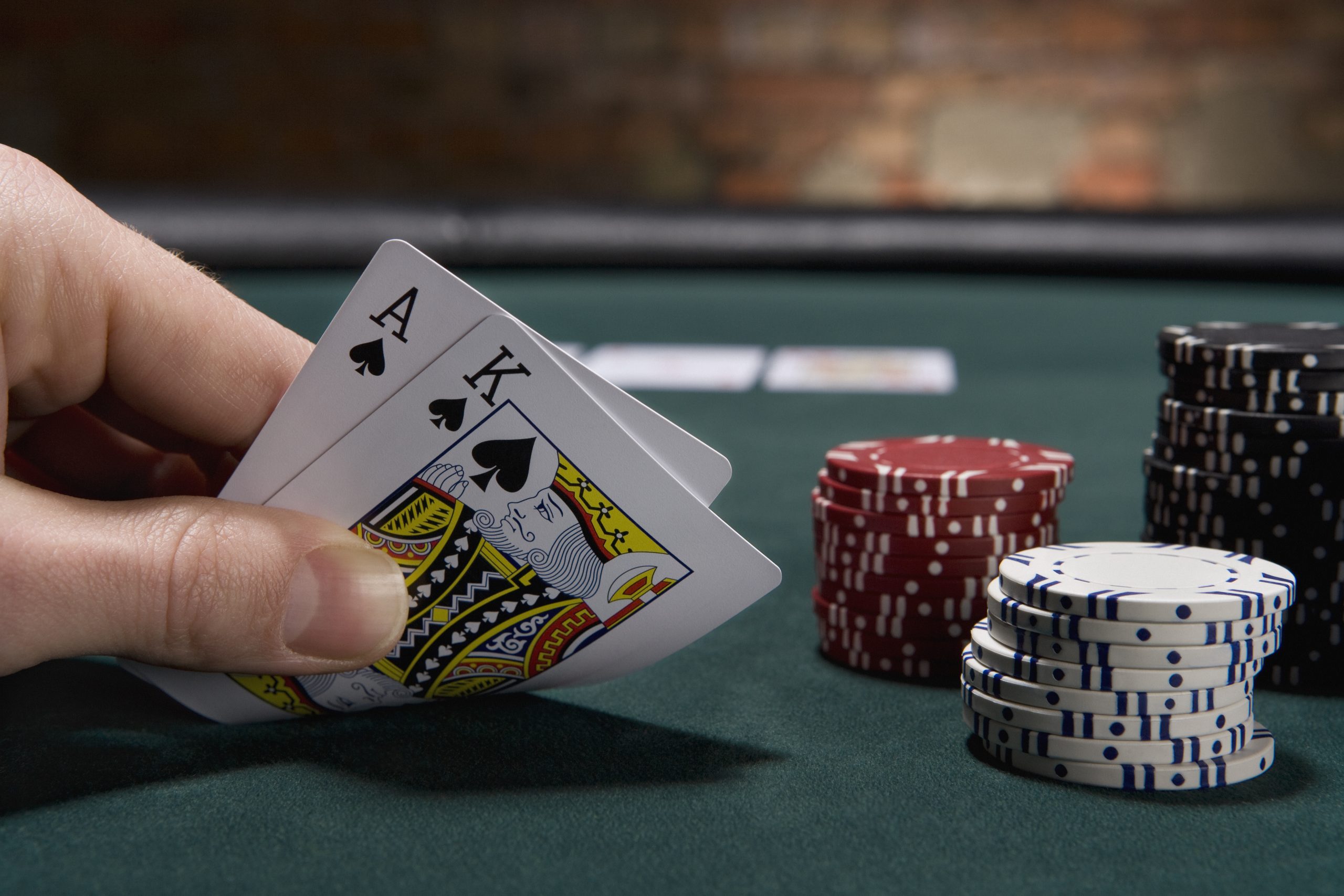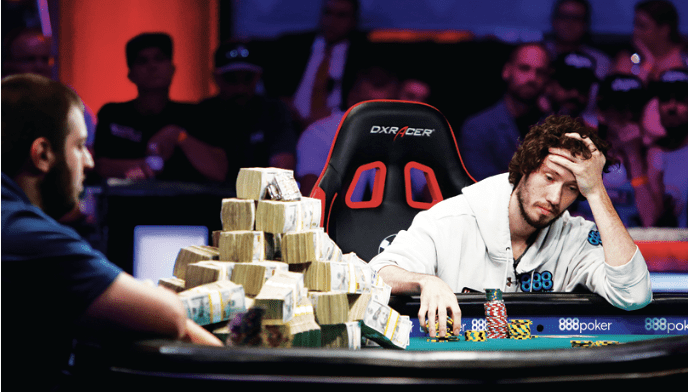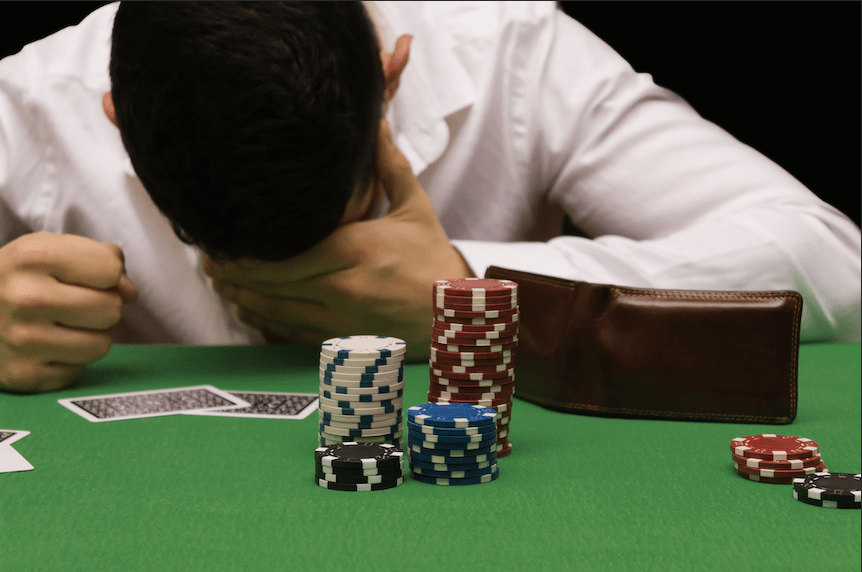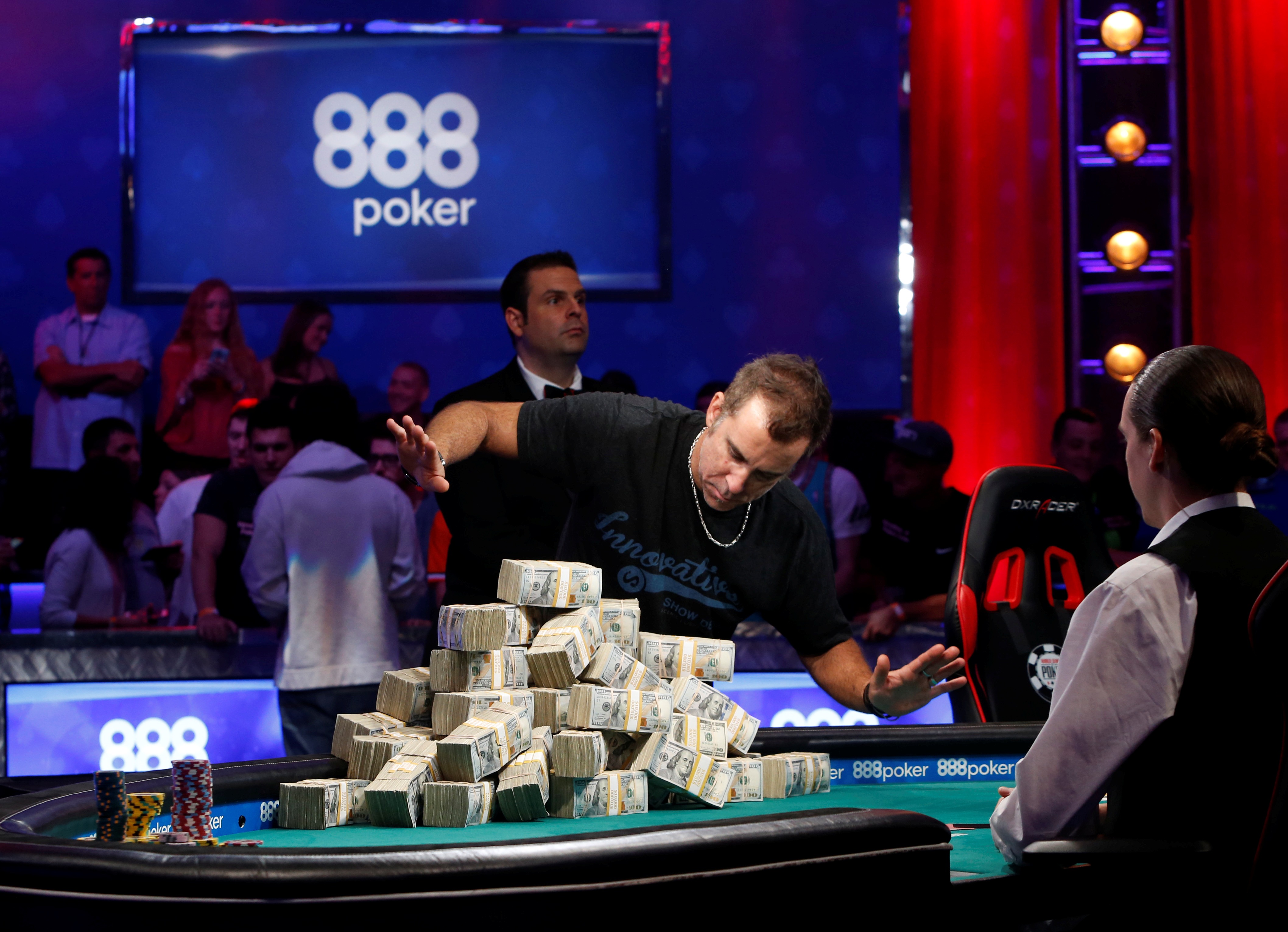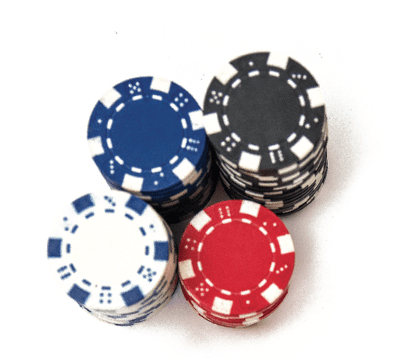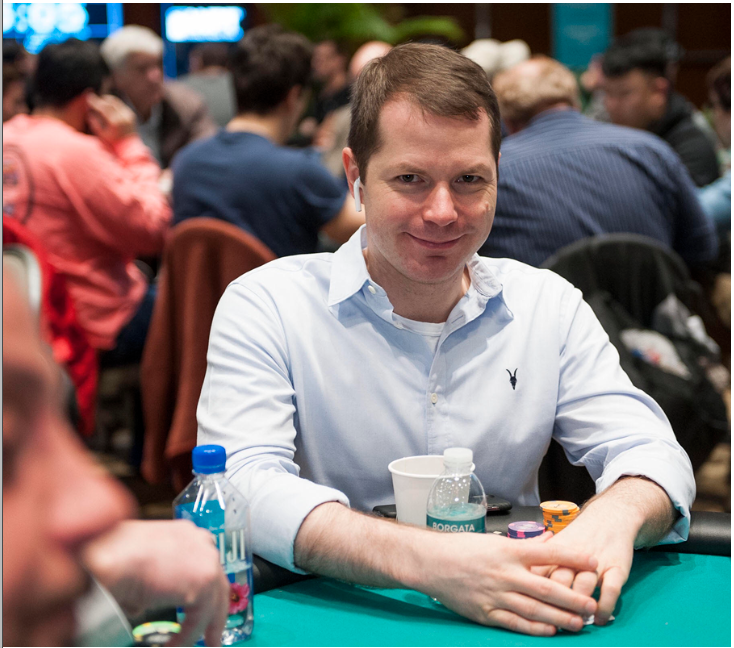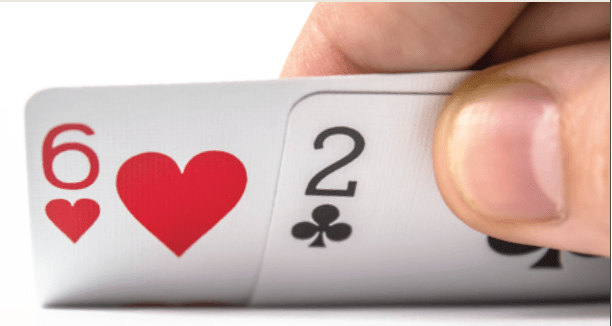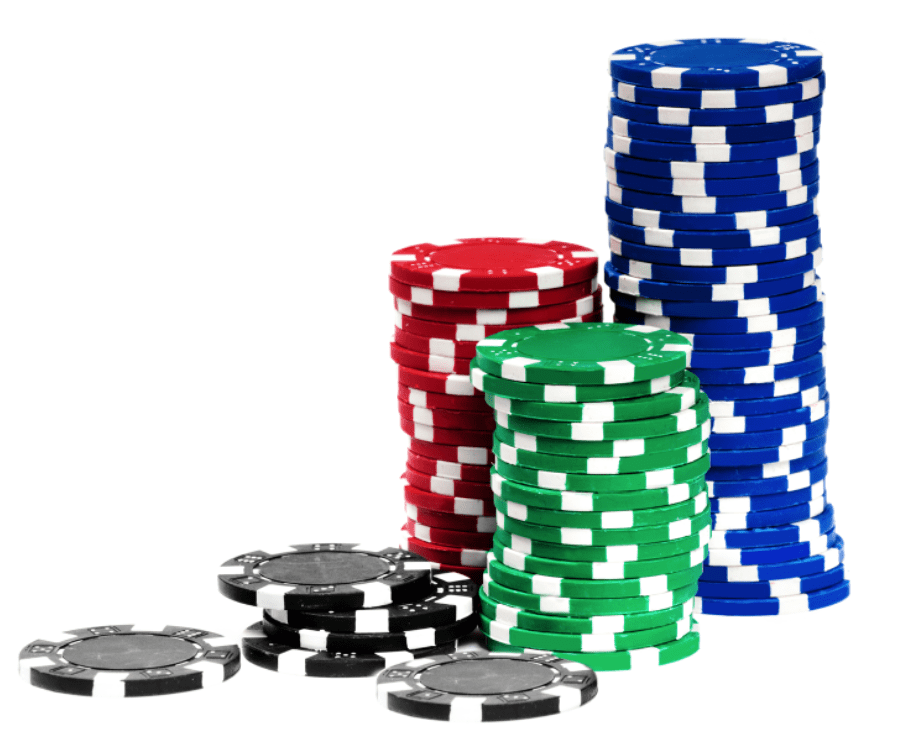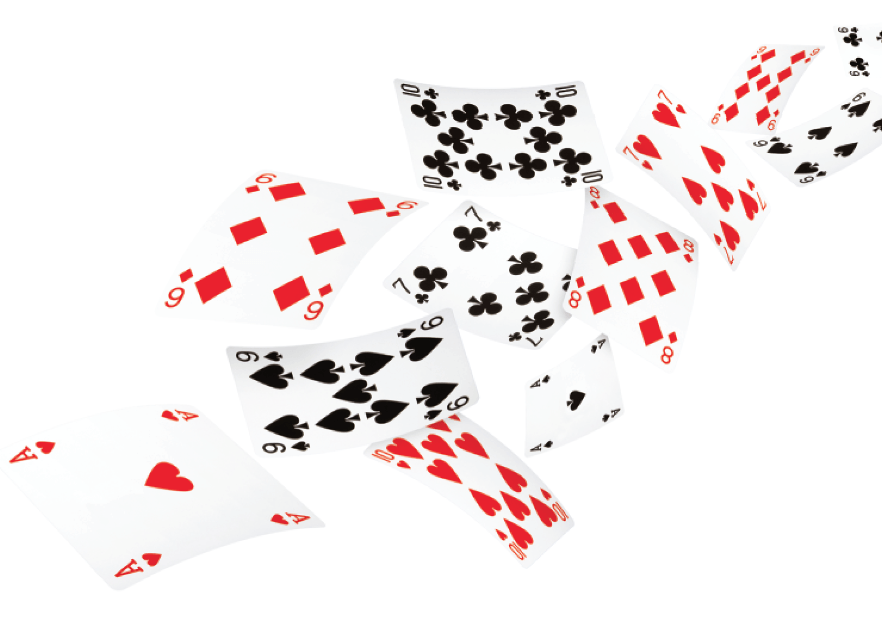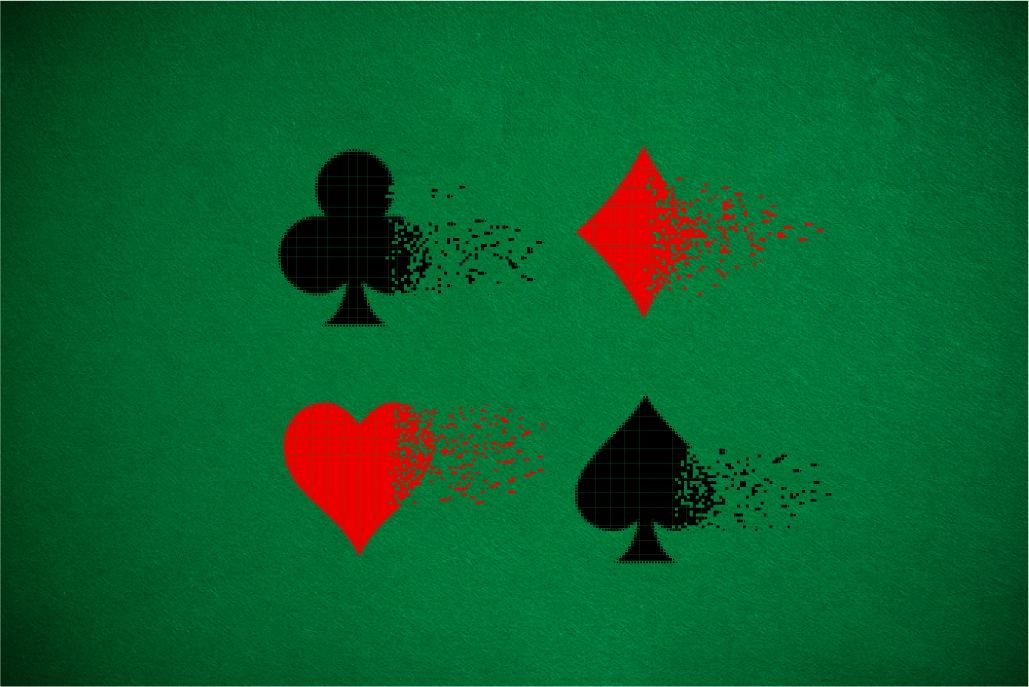Russian Illusion
Rounders, the cult classic poker movie, has inspired a new generation of players to enter the world of poker and elevated Texas Hold’em to its status as poker’s most-popular game
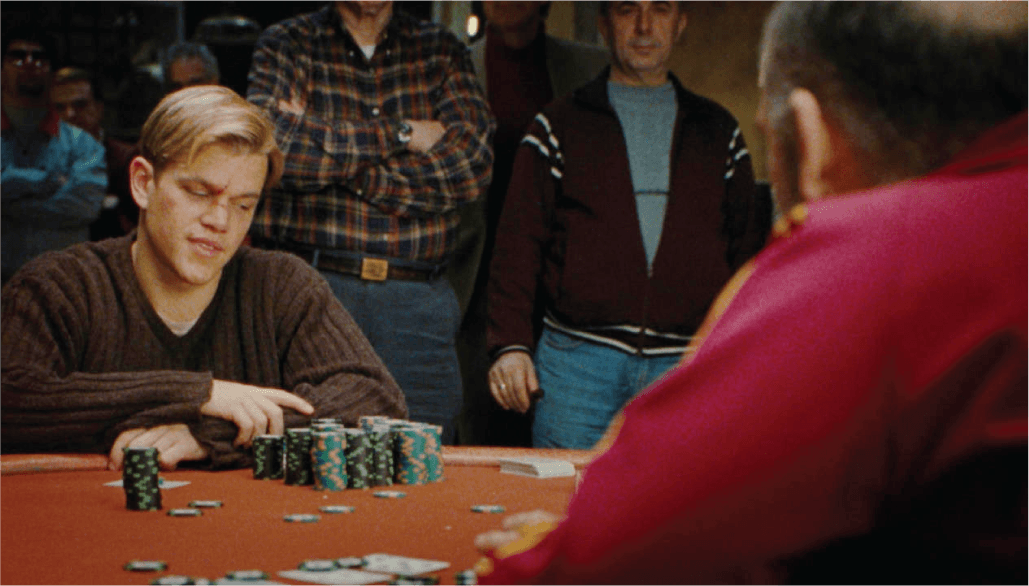
Despite a 1998 opening week- end box office of only $8.5 million and a lifetime gross of $22 Million, the film Rounders is widely considered the best poker move of all time. I’m often asked my thoughts on the iconic poker hand from the final scene of the movie, where Teddy KGB and Mike McDermott battle in a high-stakes, heads-up poker game.
As the scene opens, Mike ventures into Teddy’s notorious underground poker club. Mike gets into a game and puts his entire bankroll on the line in an attempt to settle debts, prove himself and earn a chance to go to Las Vegas to play the World Series of Poker.
Playing a $50/$100 heads-up, no-limit hold’em cash game with $27,000 effective stacks, Mike raised to $200 from the small blind with 9♠ 8♠ .
Because Mike will be out of position, he should play a tight pre-flop strategy. When you are 270 big blinds deep, it’s difficult to play out of position, especially if your opponent is overly aggressive, as Teddy clearly is. If I were in Mike’s shoes, I would have limped, which is what I would do with almost all my playable hands from out of position playing deep stacked. My goal would be to keep the pot size as manageable as possible while still seeing lots of flops with reasonable hands. I don’t like Mike’s minimum raise because it allows Teddy to call with his entire range due to getting amazing pot odds, and he can also re-raise, forcing Mike to play a bloated pot from out of position.
Teddy called.
As expected, Teddy did not fold. He should continue with almost any two cards when facing a minimum raise, either by calling or re-raising, due to getting 3:1 pot odds. I would generally call with most of my hands that flop reasonably well while re-raising with my premium hands as well as some hands that flop poorly that also have a high card blocker, such as Q-4.
The flop came 10♥ 7♠ 6♦. Mike checked with his straight.
“You can’t lose what you don’t put in the middle. But you can’t win much either.”
— Mike McDermott
When Mike flops the nuts, his goal should be to get as much money in the pot as possible. This will be difficult to accomplish because of overly deep stacks. If Mike had no reads on Teddy, he should make a continuation bet of $300 into the $400 pot. A continuation bet guarantees the pot grows while also concealing Mike’s range (assuming he intends to continuation bet most of the time, or with a range of his best made hands and draws). Betting may also induce a bluff-raise from Teddy, allowing a lot of money to go into the pot. That said, Mike apparently knew a lot about Teddy’s strategy, so he checked and…
Teddy bet $2,000 into the $400 pot.
Seeing how Teddy bet five times the size of the pot, Mike’s check was clearly excellent.
Facing a gigantic flop bet, it’s important to realize that Teddy’s range is almost certainly polarized, meaning he has either a premium hand, such as a straight or three of a kind, or nothing. When he has nothing, he most likely has a draw, including hands like K♥ 9♥ and 5-4. Since Mike has Teddy either drawing dead or thin, he should call in order to induce additional bluffs on the turn and river. Check-raising the flop is only a good option if Mike can confidently count on Teddy to mindlessly blast his whole stack in. When a wild player is applying immense pressure, the last thing you want to do is raise and give him the chance to get off the hook with all his bluffs.
From Teddy’s point of view, the gigantic flop bet makes a lot of sense. Especially on this board, which should generally be better for the pre-flop caller than the pre-flop raiser, a giant bet turns almost all of Mike’s range into bluff catchers. When your opponent is playing for his entire bankroll, he’s not likely to withstand the pressure with less than the nuts once he is put to the test for his entire stack on the river. While I would have bet smaller, perhaps $600 into the $400 pot, the idea of attacking coordinated middle card boards makes a lot of sense.
Mike called. The turn was the (10♥ 7♠ 6♦) 2♣ . Mike checked. Mike’s turn check is great. He definitely wants to let his maniacal opponent bluff again. Teddy bet $4,400 into the $4,400 pot.
Assuming Teddy wants to try to force Mike off all non-nut hands, he should probably bet a bit larger on the turn so that he can realistically go all-in on the river. You will find that your bluffs will typically show more profit if you get more money in the pot on the earlier streets, assuming you can still make a sizable river bet. For example, if Teddy bet $6,000 on the turn instead of $4,400, the pot on the river would be $16,400 instead of $13,200 and the remain- ing stacks would be $18,800. By betting larger on the turn, Teddy will be able to steal a larger pot on the river while having roughly the same amount of fold equity, given he would still be betting more than the size of the pot.
When Teddy bets the size of the pot on the turn, he is likely still polarized to a strong made hand, most likely three of a kind, or a junky draw, most likely a 9, 8, or 5-4. Since Mike still has that range crushed, he does not need to raise either for value or protection. Unless he is confident that Teddy actually has a premium hand, he should call and give Teddy an additional bluffing opportunity on the river.
Mike called. The river was the (10♥ 7♠ 6♦ 2♣ ) A♠ Mike checked.
As on the turn, Mike should certainly check to give Teddy a final opportunity to bluff or value bet a worse made hand. Leading on the river would look as if Mike is afraid to check on the river, fearing Teddy would check behind.
Teddy went all-in for $20,400 into the $13,200 pot.

Mike called $20,400 with the nuts, doubling his net worth.
The way Teddy reacts after Mike’s call with the nuts leads me believe he was bluffing instead of over-valuing a worse made hand. If I were forced to put Teddy on an exact hand, it would be J-8, likely with a backdoor flush draw. This is because J-8 has a draw to the nuts yet it still loses to almost all of Mike’s range. He also has an 8 blocker, making it a bit more difficult for Mike to have 9-8. Of course, his river bluffing range is certainly wider than only J-8, but J-8 (and J-9) are prime semi-bluffing candidates due to having blockers and also having a draw to the nuts.
Mike played this hand perfectly. He knew his opponent well enough to predict that he could not resist the temptation to run a large bluff on a scary board. This hand beautifully illustrates that if you know your opponent’s tendencies, you can make incredibly exploitative plays (in this case, checking the flop and not raising at any point), allowing you to crush your opponent.
“Pay that man,” Teddy says. “Pay that man his money.”
Tell-Tale Tells
Remember how Teddy KGB delicately deconstructed an Oreo cookie? That’s only in the movies, right? Have you ever run across a pro or high-stakes player with an obvious tell?
Unfortunately, most high-level pros don’t give off obvious tells. That’s part of what makes them good. That said, if you pay attention, you can spot them from time to time.
I once played in a $5,000 buy-in tournament where I noticed a high-stakes recreational player put his chips into the pot in two different ways. Sometimes he would put in one large stack and other times, he would break the large stack down into five smaller stacks. I paid attention to the hands he revealed at the showdown and it became clear that he used one large stack when he was value betting and five small stacks when he was bluffing. It wasn’t obvious, but it is close enough.
Another time I was providing commentary on the final table of a major World Poker Tour event, and the one recreational player there had an incredibly reliable tell. When he had a marginal or weak hand, he put one chip on top of his cards to protect them, and when he had a premium hand he put a stack of 20 chips on top of his cards. Sure enough, one of his opponents picked up on that tell and outplayed him in every single pot. If your opponent makes a hand’s strength obvious, poker becomes an easy game.
Jonathan Little, a professional poker player and WPT Player of the Year, has amassed more than $7 million in live tournament winnings, written 14 best-selling books and teaches at pokercoaching.com. @jonathanlittle

